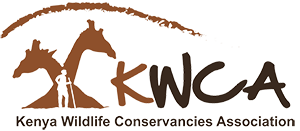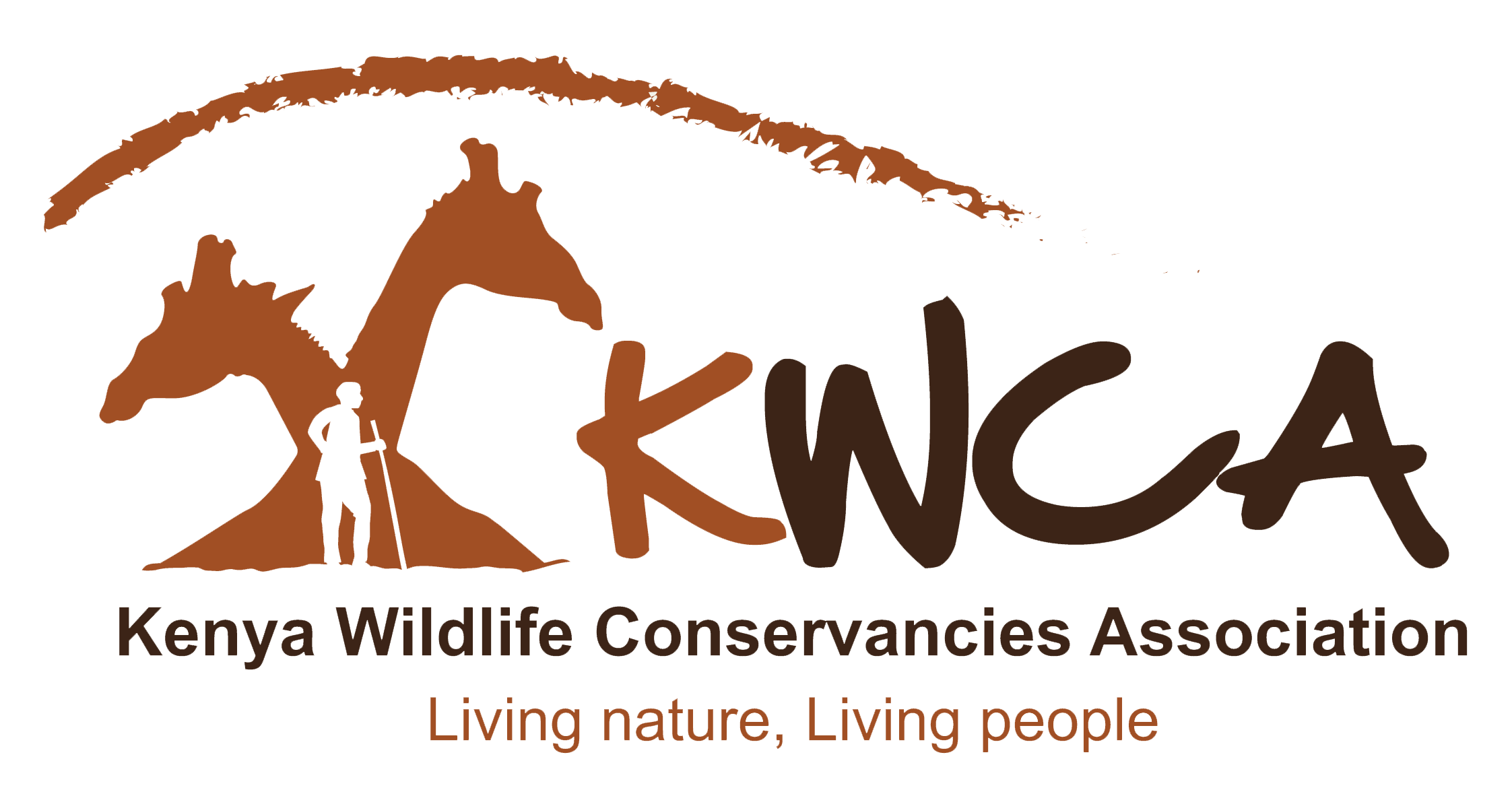Livestock Management
Purpose: To maximize income from livestock, and improve livestock health, while minimizing impact on the environment and ensuring coexistence with wildlife.
Livestock management is having an increasingly important role for Conservancies in pastoralist areas. This includes grazing management to improve condition of rangelands and avoid overgrazing, as well as developing markets for livestock. Creating better access to markets for livestock is particularly important in remote areas, and investing in markets also helps in branding livestock products as conservation friendly. For many Conservancies livestock is the primary form of income generation (for households and the Conservancy itself), ahead of tourism, and coexistence of livestock and wildlife is a model promoted by almost all Conservancies. Livestock management may include many options e.g.
Livestock owned and managed by the Conservancy;
Grazing of Community livestock on Private Conservancies (revenue generated from grazing fees);
Purchase of Community livestock through use of revolving fund: profits from sales generate revenue for the Conservancy;
Slaughter and sale of livestock products (Conservancy owned slaughter house)
Some Private Conservancies have invested in slaughter houses and cover all aspects of livestock marketing. Improved livestock production through interventions in health and breeding are more commonly used in Private Conservancies. This could be promoted in Group and Community Conservancies. However, before starting such a program, it is essential to understand the pros and cons of highly adapted indigenous livestock breeds versus high-yielding non-indigenous breeds, and the impacts on human livelihoods.

